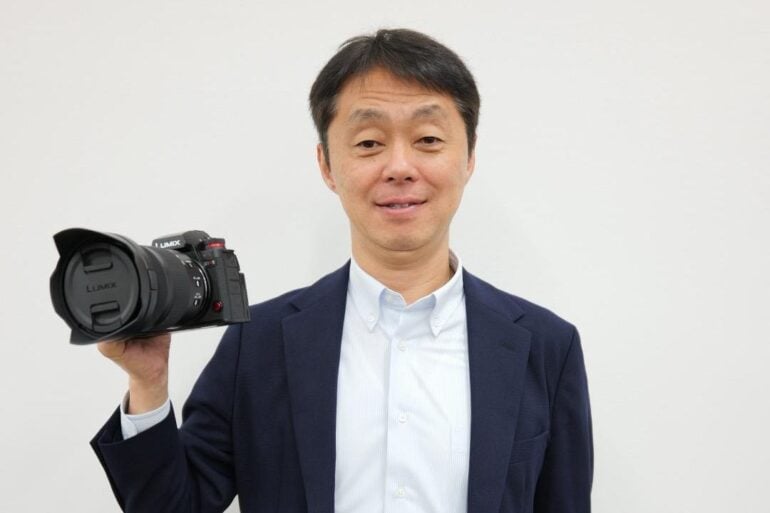The CP+ 2025 show has allowed us to talk to Mr. Toshiyuki Tsumura, Executive Vice President and Director of Panasonic’s Imaging Business Unit.
It gave us the opportunity to review Panasonic’s strategy regarding videographers, the development of the full-frame range with the S1R II or the next Lumix optics. Here’s the interview.
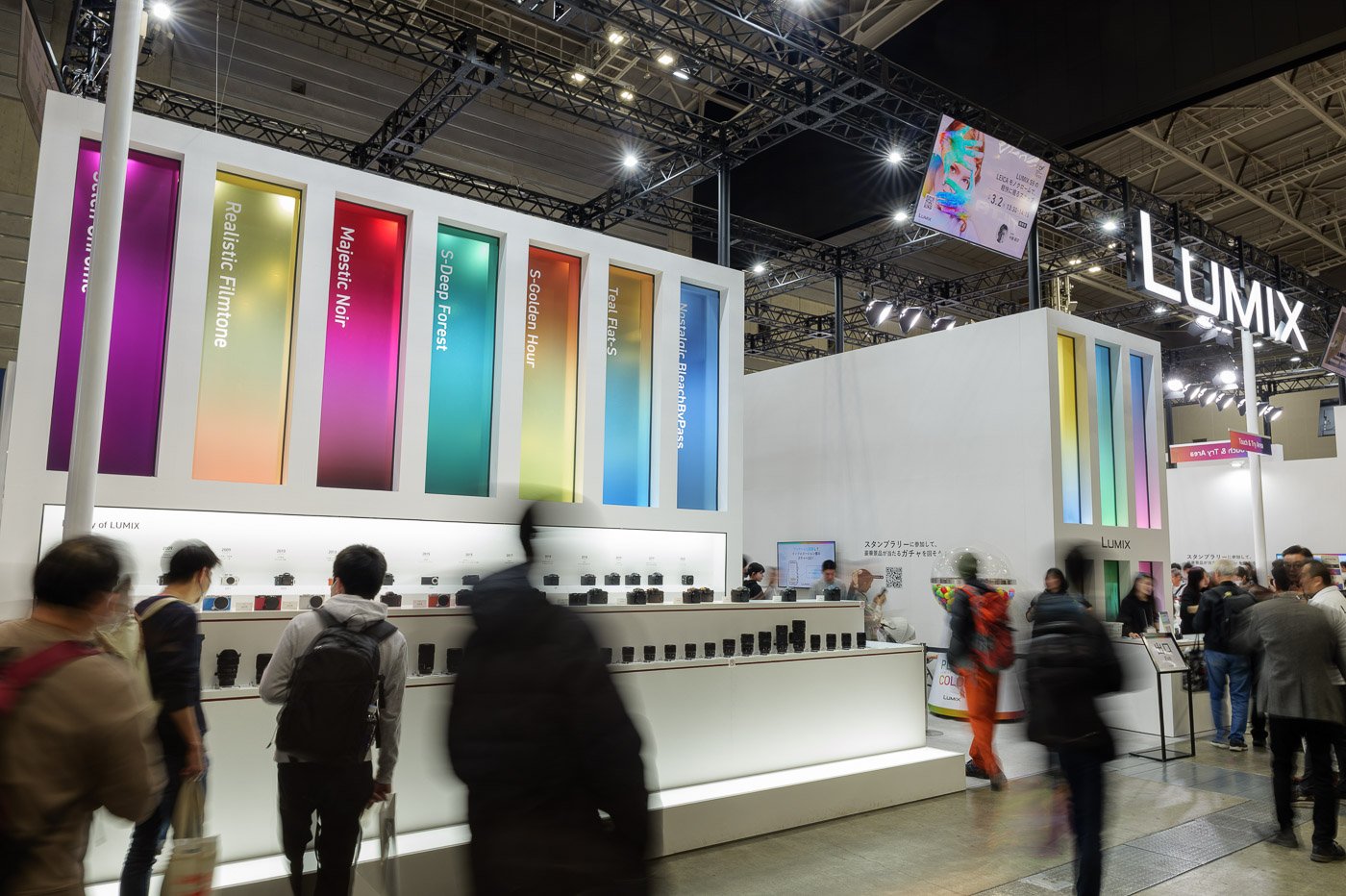
Lumix is capable of delivering very compact lenses (28-200mm zoom, 100mm macro): will you “shrink” more lenses, particularly zooms like the 24-70 mm or 70-200 mm?
The L-mount compact zoom lenses 28-200mm F4-7.1 and 100mm F2.8 Macro, released last year, have received great acclaim from hybrid creators who produce unique works in both video and still images. While I cannot provide further details, we will continue to pursue the best balance of performance and size in future products, aiming for a compact and lightweight system, including the camera body.
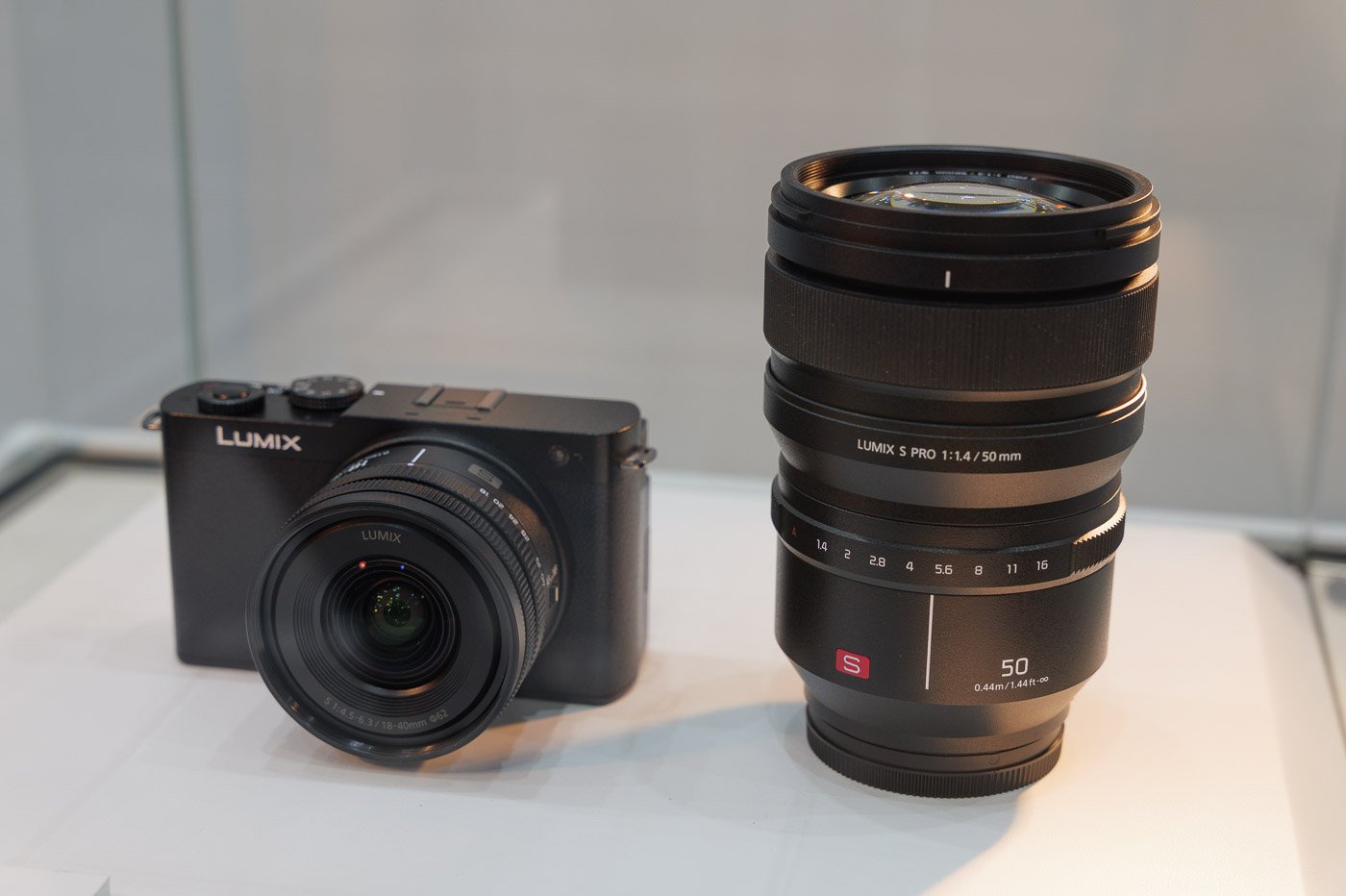
Do you have any figures to share with us about the performance of Panasonic’s Imaging division, both globally and in France?
In 2024, the global total shipment performance of CIPA was 116% year-on-year in value, indicating a thriving industry. The spread of social media has increased the demand for capturing and sharing high-quality videos and still images, and the camera industry is steadily expanding alongside this trend. Our company has been strengthening its product lineup to match the needs of creators who produce and share works beyond just videos and still images, and as the industry grows, our imaging division’s performance is steadily expanding globally.
Additionally, in France, full-frame mirrorless cameras are leading the way, and sales in the imaging division are progressing smoothly.
France seems to be a specific market where Lumix products are very successful. How do you explain this?
France has a higher share of Lumix compared to other countries, making it a very important market for us. Traditionally, Lumix has continuously launched unique products equipped with world-first technologies as a challenger. We believe that our spirit of challenge and unique product lineup have garnered support from the French people, who prefer high-quality and unique items, contributing to Lumix’s strong brand image.

Is Panasonic’s target audience still hybrid content creators, or are you now aiming (again) for a broader market?
The main target remains hybrid content creators. However, these creators have diversified, and the target areas we envision can be broadly categorized into three domains:
- Individual hybrid creators who handle both video and still images.
- Professionals and individual creators active in the fusion area of professional and amateur consumer, such as professional video production, live streaming etc.
- New-to-camera social media users who enjoy creativity and will shape the future demand for new cameras.
In terms of investment and R&D, what proportion does Micro 4/3 represent today compared to full frame? Is there still a long-term place for smaller sensors?
Our fundamental strategy is to meet the diverse needs of creators with two mounts: full-size and MFTS, each with distinct features. From the perspective of R&D and investment, we will develop and evolve the latest technologies common to both systems, excluding the image sensor. We aim to enhance the development of both systems in the long term, delivering full-size for those seeking high expressiveness and MFTS for those seeking mobility and speed.
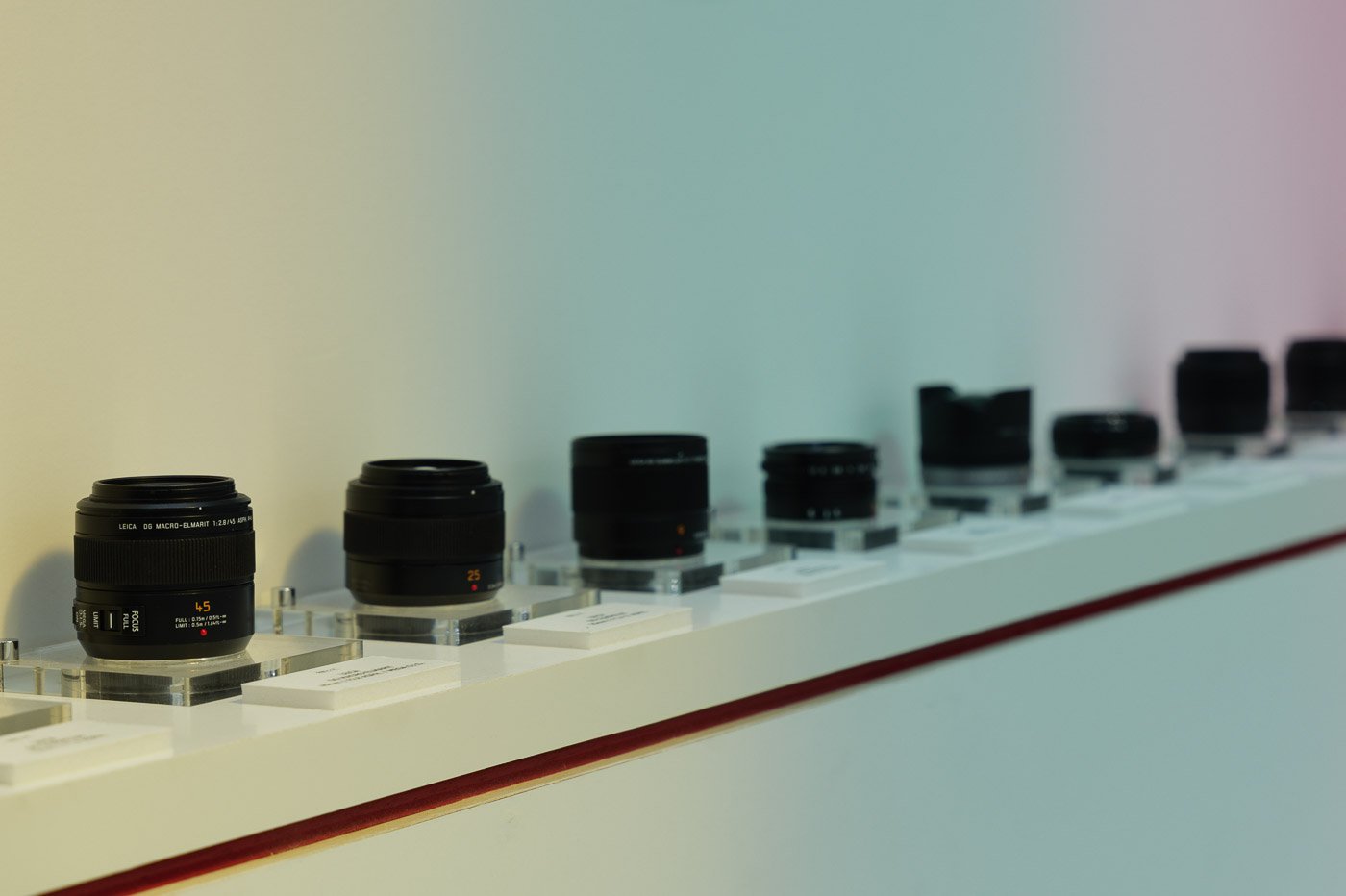
Panasonic has made a great leap forward with its new hybrid AF. What are the next developments in terms of autofocus?
I believe there is still room for evolution in subject recognition and tracking performance (improving tracking of people, etc.). The S1RII announced this time has evolved features such as AI-powered eye autofocus and tracking autofocus that performs well in fast-moving sports scenes. Eye autofocus can achieve high precision focus on the eyes even under adverse conditions, such as when the face is tilted.
Additionally, the tracking autofocus continues to capture the main subject among multiple people, also utilizing AI for evolution. Furthermore, it supports autofocus tracking at 40fps with the electronic shutter, balancing high resolution and high-speed continuous shooting. We aim to continue enhancing technology for further evolution in the future.
Color quality and image rendering are often cited as strengths of Lumix cameras. How do you work on color processing and color science at Panasonic?
Lumix promotes the philosophy of “vitality and beauty of life” in its image creation, aiming to capture and depict the activities of nature and the breath of life in both still images and videos. To achieve this, it employs various image creation technologies such as “3D color control” to manage all colors in three dimensions, “intelligent detail” to enhance resolution and three-dimensionality, and “2D noise reduction” to produce natural images even at high sensitivity, thereby enhancing its depiction capabilities.

In addition to the “wonderful colors straight out of the camera” common to all Lumix models developed based on this fundamental philosophy, it is also working to provide users with “freedom of color” through Real Time LUT, advancing color science along these two axes.
“Lumix Lab” seems to be an important development axis for Panasonic: can you share with us the medium-term vision for this application?
Lumix Lab is an important application aimed at thoroughly enhancing compatibility with smartphones for the growing number of social media users. We also want to evolve it as a tool that provides photographers and videographers the freedom to create works in various colors using LUTs.
We want to promote the message of “shoot and share without editing”, evolving this application along two axes: smooth content sharing through seamless integration of smartphones and cameras, and enjoying the creation of images in various colors with Real Time LUT.
Panasonic puts a lot of emphasis on firmware updates: how do they fit into the product cycle of different cameras (are they planned months in advance, are there dedicated teams, how does it work, etc)?
We place as much importance on evolving our products based on customer feedback after sales as we do on developing new products, and we have established a system for this. In line with the Lumix brand’s guiding principle of walking alongside creators, we continue our efforts to enhance customer satisfaction for those who purchase our products, aiming to turn as many people as possible into enthusiastic fans of Lumix.
Full-frame sensors have evolved significantly in recent years. Can we expect to see a stacked sensor in a future Lumix model?
I will refrain from answering about future models, but we will consider them while taking market needs into account.
What are your current priorities in terms of optical development?
I believe that enhancing the full-size lens lineup and developing compact lenses suitable for the small-bodied S9 are important for the time being. We will continue to develop unique lenses that only Lumix can offer, and in collaboration with the L-Mount Alliance, we will respond to customer needs with a wide range of over 100 lenses.
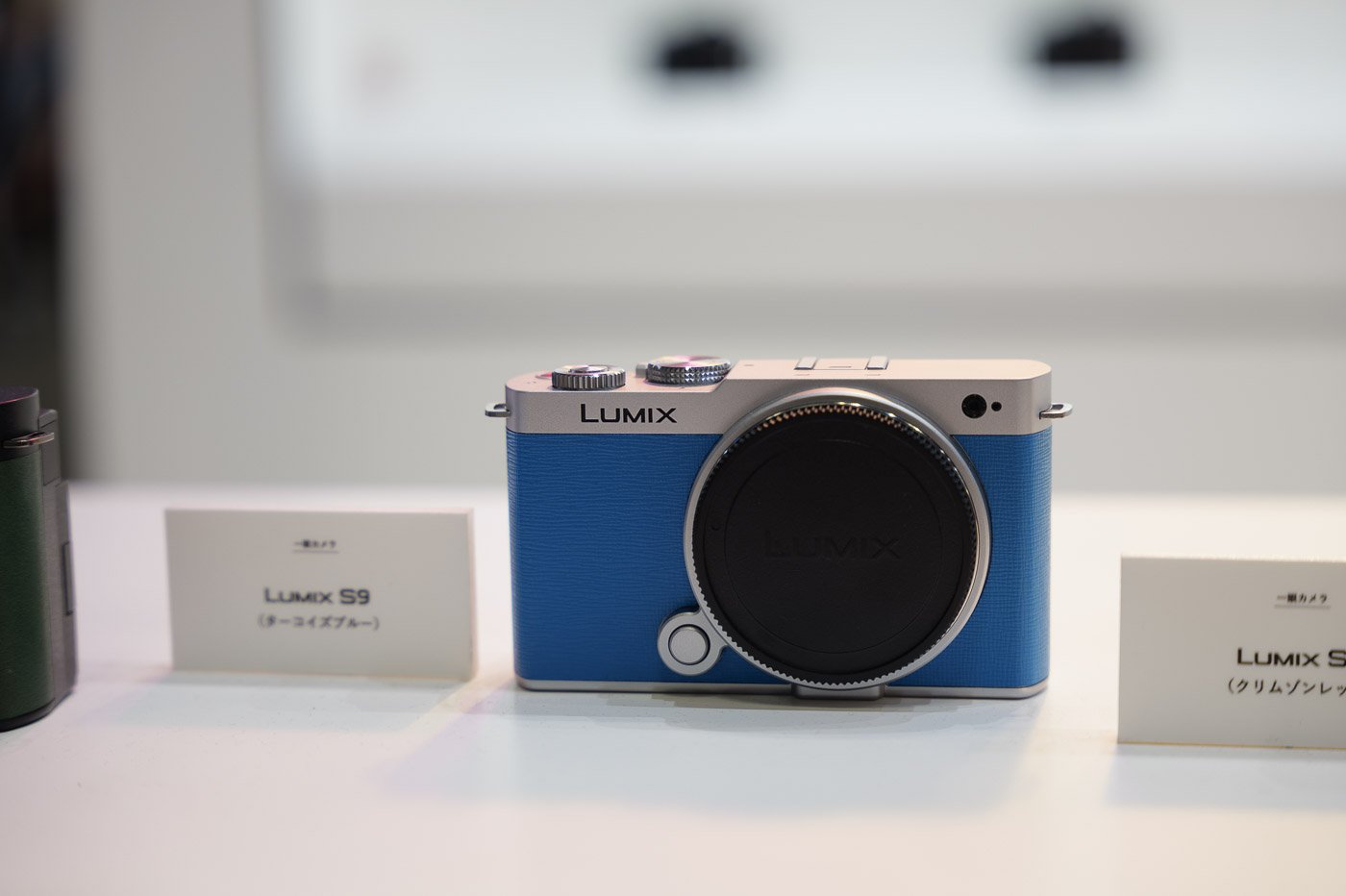
Furthermore, we will strive to provide value to users by expanding usage scenarios with a single lens through system development, including hybrid zoom (optical zoom + crop zoom) along with the camera body.
Would it be possible, like Sigma, Nikon, Canon, and Sony, for you to develop f/1.2 lenses, or are you leaving this segment to Sigma on the L-mount?
We will gradually expand our lineup while listening to the voices of our target customers.
Your lineup is still missing a wide-angle f/2.8 zoom. Is it under development?
We will continue to enhance the unique features of LUMIX lenses while collaborating with the L-Mount Alliance to meet customer needs with a wide range of products.
The Lumix S9 has very good features (especially since the video update), but some were hoping for a full-frame premium compact camera, similar to the Leica Q3 but more accessible. Will we ever see Panasonic venture into this market?
Last year, we launched two models of lens-integrated compact cameras. The FZ80D with super telephoto zoom and the TZ99 with a compact body and high magnification zoom are both models that offer a shooting experience at telephoto distances that cannot be achieved with smartphones.
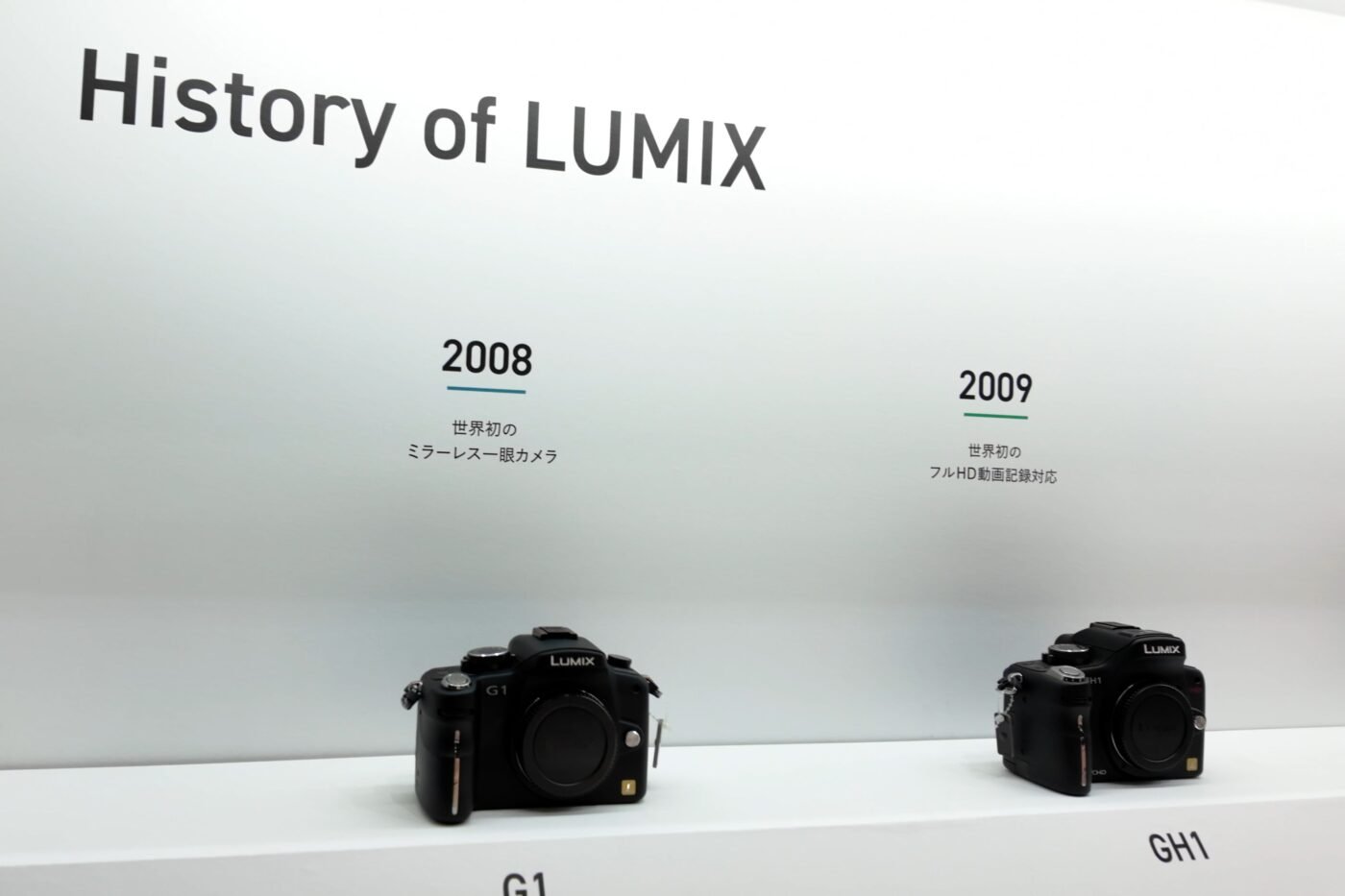
In the future, I believe that cameras equipped with larger sensors such as MFTS and full-size will provide enjoyment not found in smartphones and will receive a certain level of support from creators. As lens-integrated compact cameras are being reevaluated, we will continue to consider user needs in this category.
The specifications of the recent Leica SL3-S are remarkably similar to those of the Lumix S5 II. Is it logical to think that this new camera was developed in partnership with the Lumix teams?
I cannot comment on Leica’s products. In the comprehensive collaboration that has already been announced, our company is jointly developing the “L² Technology” with Leica Camera, but the design and development of each product is being carried out separately by both companies.
Is it true that the 28mm f/1.7 and 43mm f/2 lenses equipped on the Leica Q3 and Q3 43 are developed and designed by Panasonic, as suggested by patents found online?
I cannot answer regarding Leica’s products.
What are the biggest technological challenges for Panasonic in the coming years?
Improving expressiveness and streamlining workflows are key words in our technological evolution. To achieve this, we have positioned the evolution of AI technology and the further refinement of optical technology as two major technical challenges and are working on their development. How to easily create excellent photos and video content is where we see high effectiveness in utilizing AI, and we will accelerate AI development to realize this.
On the other hand, further evolution of optical technology is also important for enhancing expressiveness, and refining optical technology to express human sensibility will be one of our main technical themes.
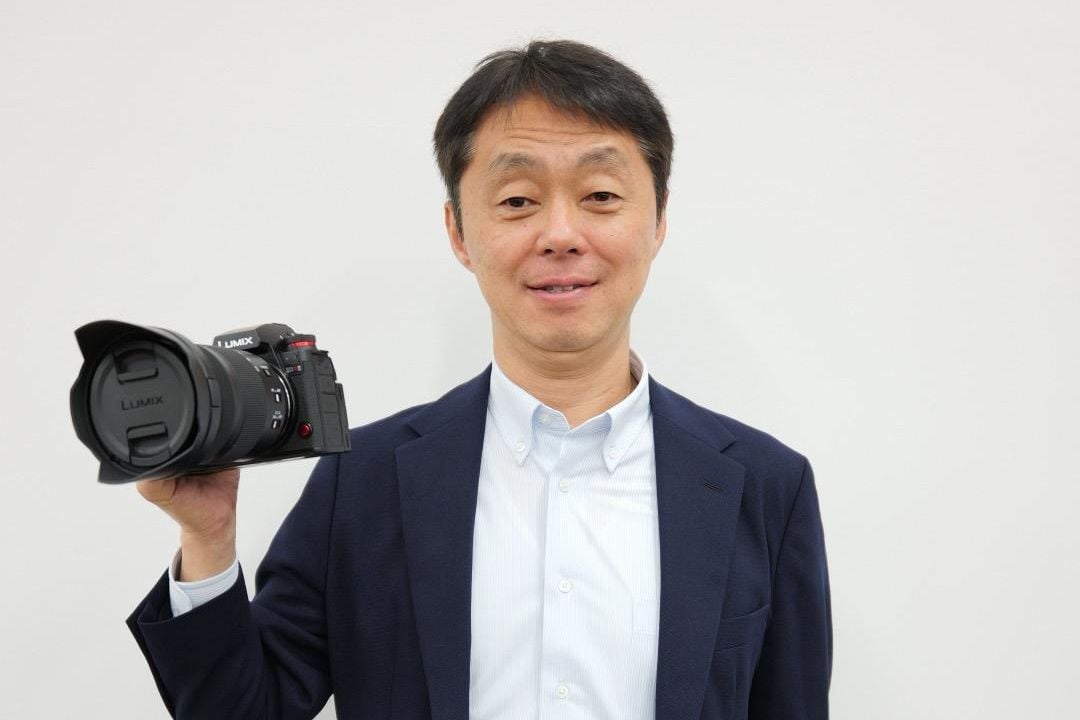
Thank you to Mr. Toshiyuki Tsumura for answering our questions. We would also like to thank the Panasonic Japan and Panasonic France team for making this interview possible.

